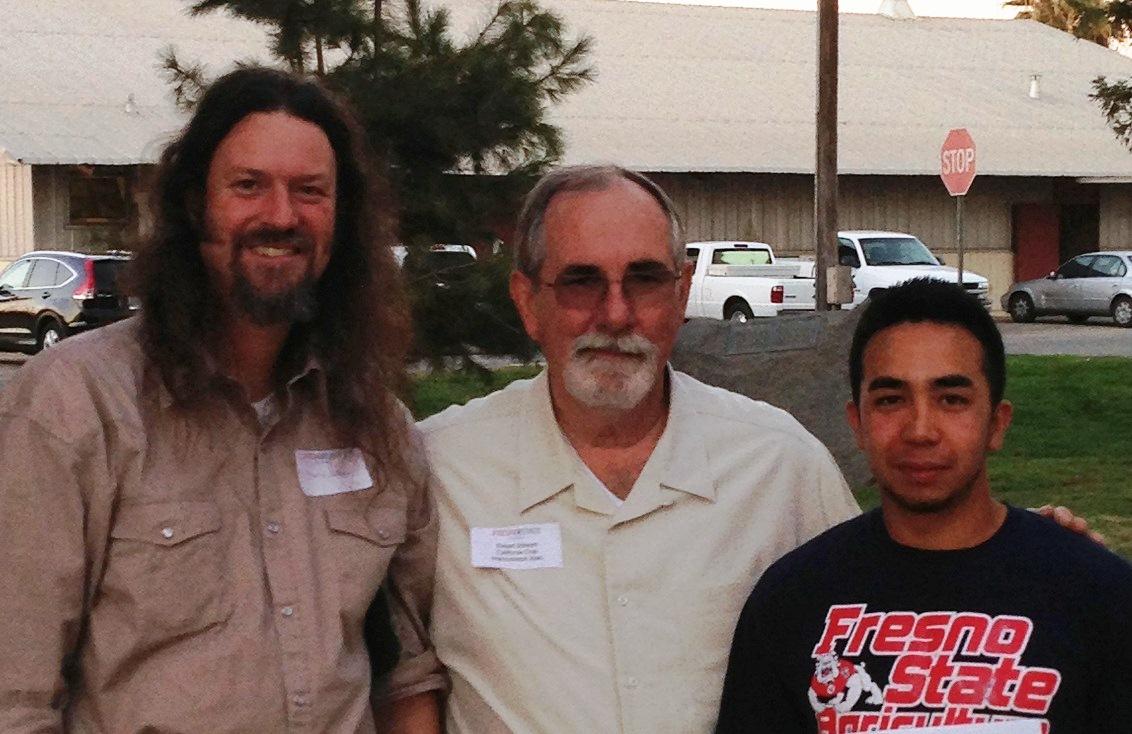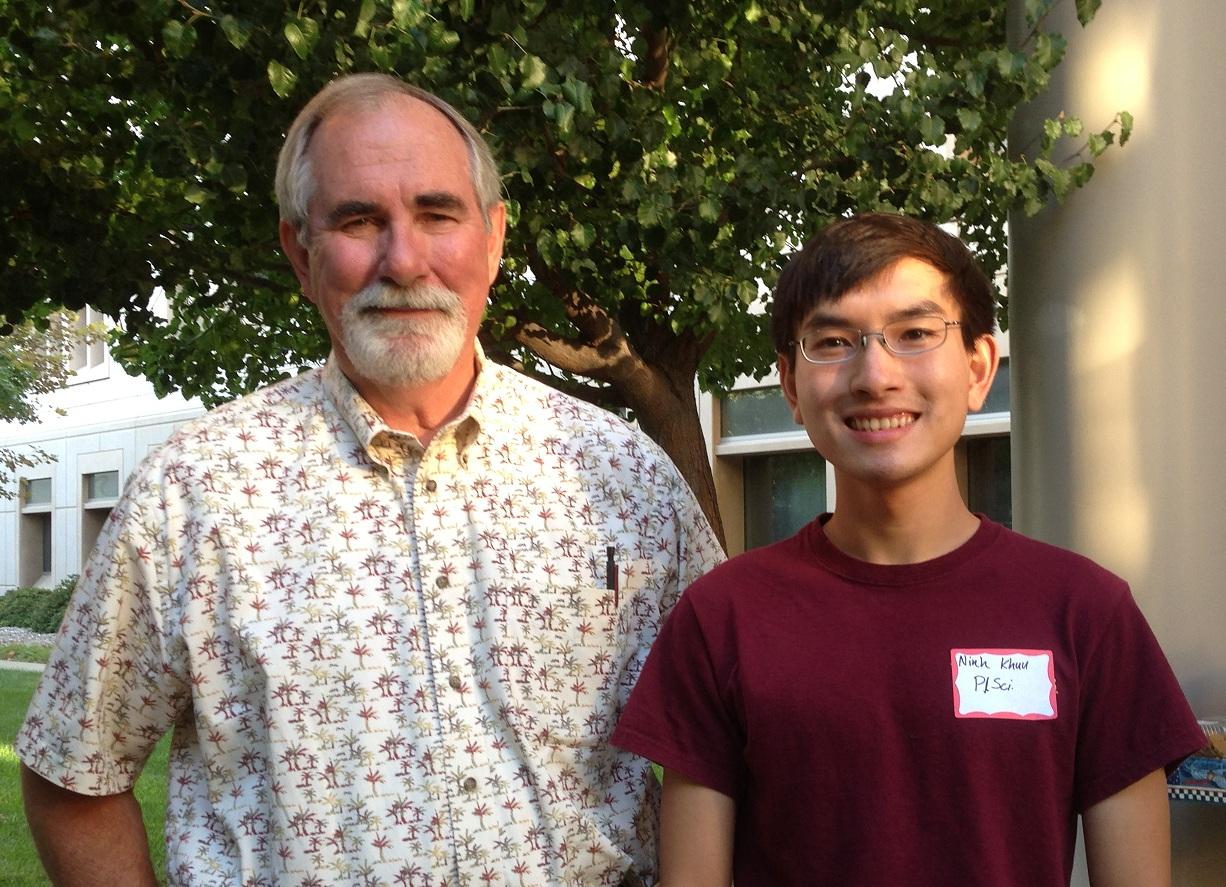Drawing application maps
A new mapping tool is available for applications in the 2014 crop year. This new tool allows the user to select the Pin ID from a list of their company’s pins on the Crop Isolation Map. The map associated with the Pin ID will then be imported from the Crop Isolation Map into the seed application. The application number will be added to the Pin ID information within the Crop Isolation Map.
This improvement will be most helpful to sunflower and alfalfa applicants who have been drawing the field twice – once on the Crop Isolation Map and then again in the application to grow certified seed.
This new mapping system will not allow users to cross the drawn line while drawing the boundary of a field. An error message will appear if this occurs.
Isolation pin notification
The Crop Isolation Map allows users to draw the boundaries of their fields so other seed companies planning to grow the same crop can make decisions about field locations and isolation distances.
When fields are drawn that violate the isolation distance of another field of the same crop, a notification email is sent immediately to the person responsible for the field being violated as well as the person who has just pinned the field. The CCIA has received reports that this notification process can slow down the mapping procedure.
The program has been modified to keep track of all isolation violations and send one email at the end of the day which will list all fields with isolation violations. The user will still receive a notice while pinning on the map that the field violates isolation but they may continue to pin the field. This is allowed because many times the field violated is planted by the same seed company using the same male line.
Crop Isolation map showing company fields pinned in yellow and all other companies pins in purple.
Staff focus on Ashley Koala
Ashley Koala joined the CCIA in October 2013 as a Certification Associate. She assists the field services staff with routine inspections of all crops entered into the certification program. She is currently finishing her last semester of studies at CSU, Chico. Upon graduation in December 2013 she will receive a BS degree in Agricultural Science, with a focus on Crop Science and a Minor in Agricultural Business. She is excited to join the CCIA team and to make a significant and lasting difference in the California seed industry.
Ashley and her husband Alfred are involved in international agricultural development; they manage a non-profit organization called “Feeding Nations Through Education”. The organization was founded by Alfred in 2009 and works to relieve famine and raise literacy in Burkina Faso, West Africa. One of Ashley’s passions in life is to use agriculture as a means to bring economic development to the lives of villagers in Burkina Faso and Africa as a whole.
Proper packaging for seed samples
Please package your seed samples carefully before sending them to the CCIA for analysis. This photo shows a seed sample package that ruptured and spilled seed within the box. This sample was contaminated and had to be replaced.
Important points to remember when drawing maps
When drawing maps in an application or the Crop Isolation Map please remember the following procedures:
- Points on the map should be drawn in a clockwise order. Start at the top left and work your way around.
- Make sure the final drawing contains no boundaries crossing itself.
- Each field must be entered as an individual application. Do not draw one field and then try to include a close, but different, field in the same application.
- If the field is split by a road or canal, don’t worry about drawing around it. It is acceptable to draw a rectangle around the whole field rather than have a convoluted drawing with connectors between the actual fields.
- Always place your final point, using a right click, sufficiently away from the first point so that you don’t create a border crisscross. Simple rectangular fields require 3 left clicks and one right click to complete a map drawing.
- If you make any mistakes, simply clear the map and redraw.
Include certification numbers on Reports of Analysis
Seed conditioners - please be sure to provide the certification number to the seed laboratory when requesting analysis for a seed sample. The CCIA recommends that seed conditioners print the "Sample Form" that is specific to a seed lot and attach the form to the seed sample when it is sent to the laboratory. Then the seed laboratory will have all the information needed to record on the report. Any Report of Analysis submitted to the CCIA which does not include the certification number will be rejected and will need to be reprinted by the lab before the CCIA will accept the results.
Seed laboratories - please be sure to record the certification number on the Report of Analysis.
When the CCIA verifies the information submitted on the lab report, it is vital that we match the information to the specific seed lot. The certification number is unique and allows the CCIA to verify the match.
Scholarships
The CCIA provides scholarships to students attending the major agricultural universities in California. These students must indicate an active interest and participation in the seed industry, crop improvement, crop science clubs, seed packaging, seed and plant judging contests and/or activities related to seed production.
California State University, Fresno
 Charles Cochran is a Plant Health major in the Plant Science Bachelor’s (B.S.) program at Fresno State. He is currently in his senior year and has a cumulative GPA of 3.8. Before starting his B.S., Charles attained an Associate’s degree in plant science from College of the Sequoias in Visalia and then completed the necessary classes to transfer to Fresno State. Jose Omar Carillo is a Plant Health major in the Plant Science Bachelor’s (B.S.) program at Fresno State. He is currently in his junior year and has been actively involved on the University Agricultural Laboratory (Fresno State Farm) as a student assistant to manage the irrigation, fertilization, and other agronomic needs since summer 2010.
Charles Cochran is a Plant Health major in the Plant Science Bachelor’s (B.S.) program at Fresno State. He is currently in his senior year and has a cumulative GPA of 3.8. Before starting his B.S., Charles attained an Associate’s degree in plant science from College of the Sequoias in Visalia and then completed the necessary classes to transfer to Fresno State. Jose Omar Carillo is a Plant Health major in the Plant Science Bachelor’s (B.S.) program at Fresno State. He is currently in his junior year and has been actively involved on the University Agricultural Laboratory (Fresno State Farm) as a student assistant to manage the irrigation, fertilization, and other agronomic needs since summer 2010.
UC Davis
 Ninh Khuu is an undergraduate in Plant Science at UCD and currently carries a GPA of 3.5. He has excelled at the Student Farm with an internship and as a volunteer. Ninh Khuu spent several quarters involved in crop production efforts. He taught himself a vast amount about seed saving practices and crop development in cucurbits. He also made and recorded several crosses between different varieties of pumpkins and melons. Ninh has also been a Student Assistant III at Foundation Plant Services (FPS) providing support.
Ninh Khuu is an undergraduate in Plant Science at UCD and currently carries a GPA of 3.5. He has excelled at the Student Farm with an internship and as a volunteer. Ninh Khuu spent several quarters involved in crop production efforts. He taught himself a vast amount about seed saving practices and crop development in cucurbits. He also made and recorded several crosses between different varieties of pumpkins and melons. Ninh has also been a Student Assistant III at Foundation Plant Services (FPS) providing support.
